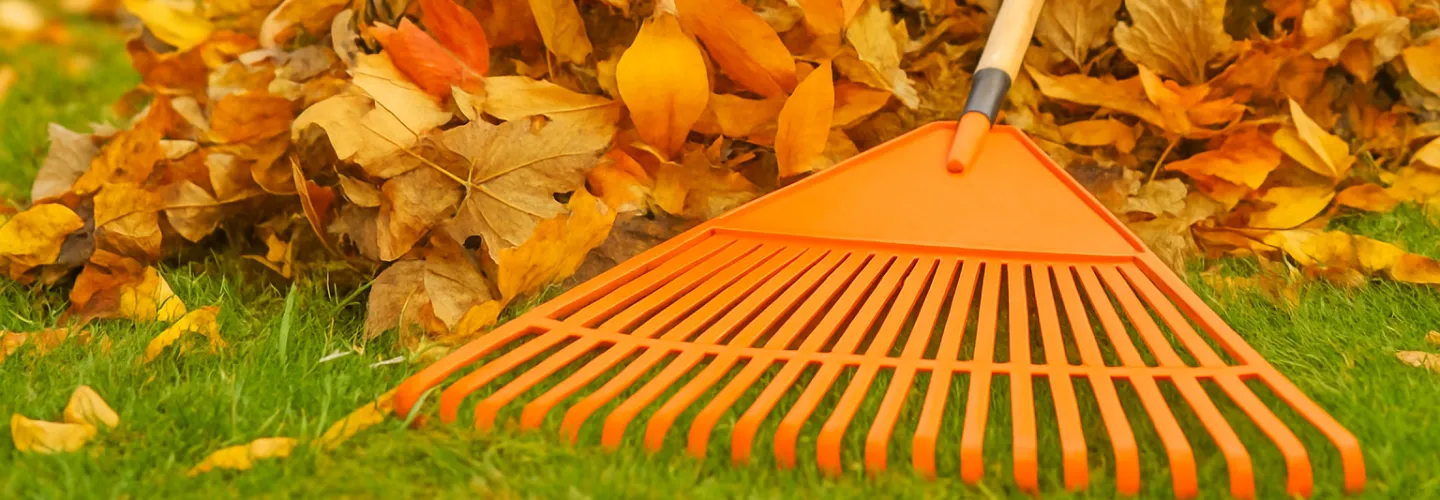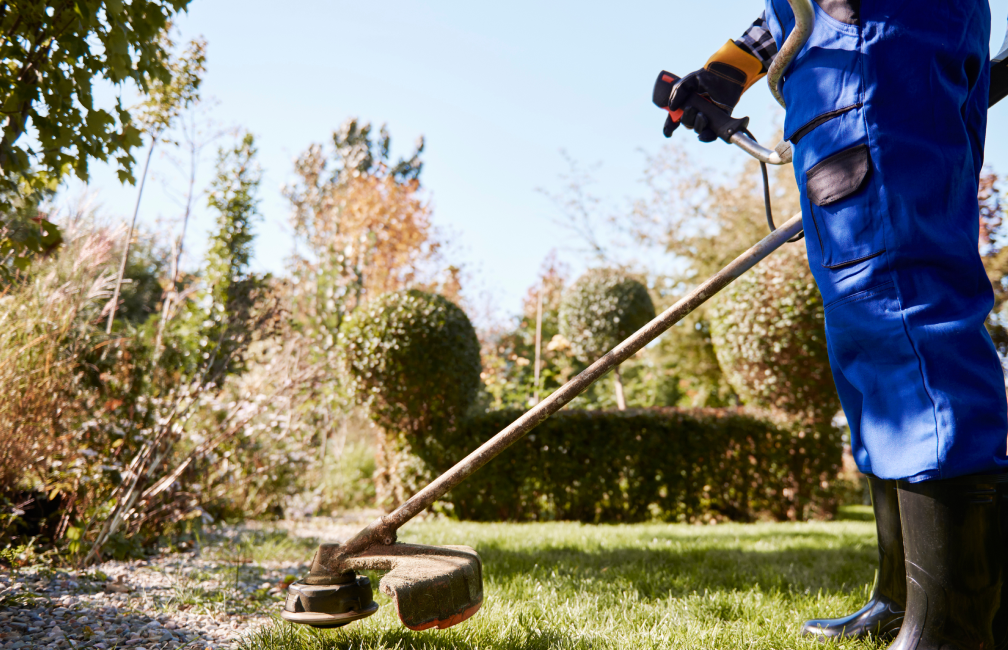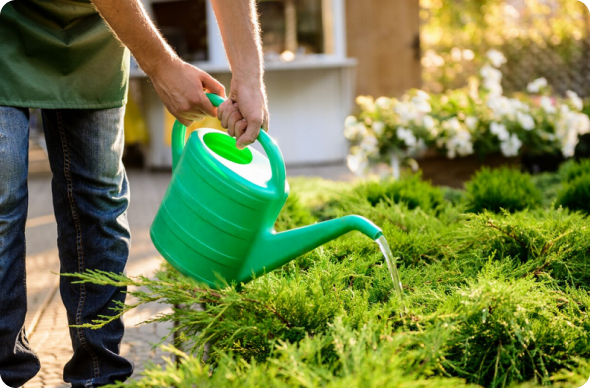
Weymouth Flower Planting Services
Choose our flower planting services for vibrant, healthy blooms that enhance your home's curb appeal and create a welcoming outdoor space, all handled by experienced local professionals who care about your satisfaction.
Get a Free QuoteBenefits of Flower Planting in Weymouth

Expert Local Knowledge
Customized Plant Selection
Enhanced Curb Appeal
Seasonal Color Planning
Eco-Friendly Practices
Reliable Maintenance Services

Weymouth Flower Planting Types
Perennial Flower Beds
Annual Flower Displays
Native Wildflower Gardens
Seasonal Bulb Planting
Pollinator-Friendly Plantings
Shade Garden Flowers
Container Flower Arrangements
Our Flower Planting Process
Site Evaluation
Soil Preparation
Flower Selection
Planting
Watering and Mulching
Why Choose Weymouth Landscape Services

Weymouth Homeowners Trust Us
Expert Lawn Maintenance
Reliable Seasonal Cleanups
Competitive Pricing
Professional Team
Satisfaction Guarantee
Personalized Service
When to Schedule Flower Planting in Weymouth, MA – Seasonal Guide
In Weymouth, MA, the best times for flower planting are typically in early spring and early fall, when temperatures are moderate and the risk of frost has passed. The local climate, influenced by proximity to the coast and the region’s unique microclimates, means that neighborhoods like Columbian Square and North Weymouth may experience slightly different planting windows. Monitoring the last spring frost—usually around mid-April—and the first fall frost in late October is crucial for successful planting.
Weymouth’s landscape features a mix of shaded yards, sandy soils near Webb Memorial State Park, and areas with higher humidity. These factors, along with periodic drought advisories and municipal watering restrictions, can impact the timing and success of your flower beds. For up-to-date local guidelines, visit the Town of Weymouth’s official website.
Local Factors to Consider for Flower Planting in Weymouth
- Tree density and shade coverage in your yard
- Soil type (sandy, loamy, or clay-heavy)
- Proximity to coastal winds and salt exposure
- Average precipitation and risk of summer drought
- Terrain and drainage patterns
- Municipal watering restrictions and seasonal advisories